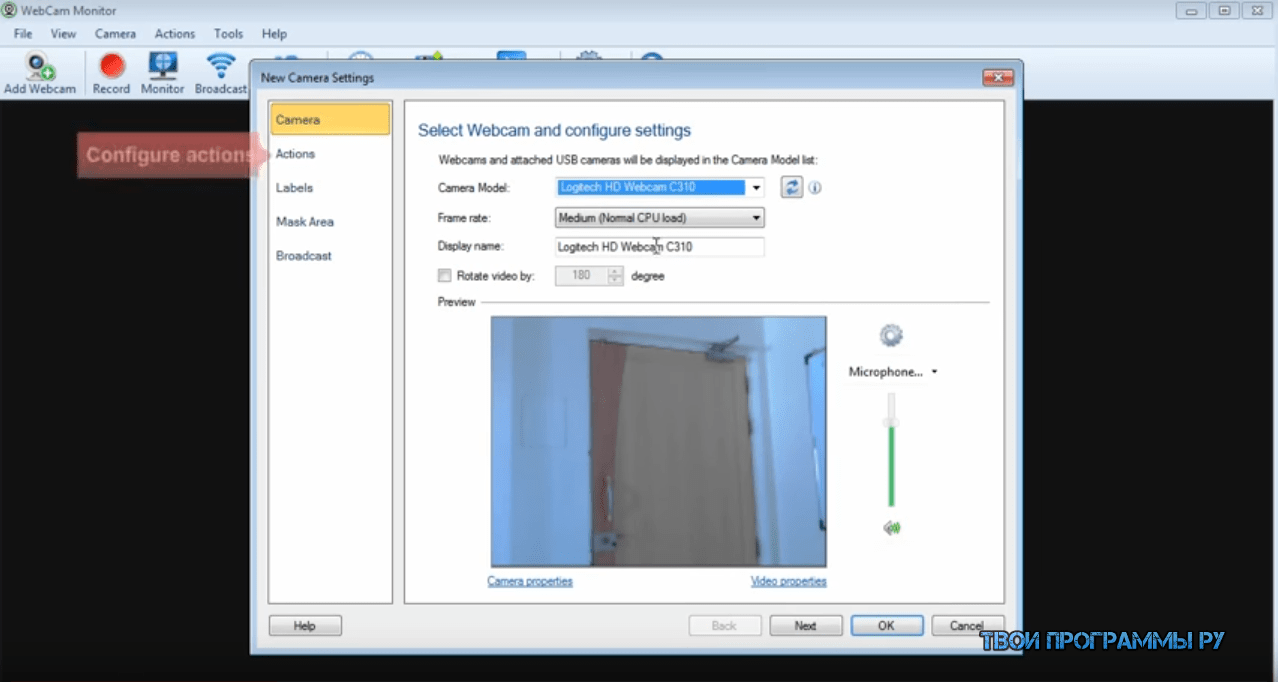

There’s no substitute for experience or however the saying goes. I’m gonna briefly go through them but the best way to understand exactly what each does is to just try them out for yourself. Now, a lineart layer in Sai is different from any other regular layer in Sai and it will bring up a completely new range of tools. Well, the first step would be to create a linework layer by clicking the linework layer button. So say we start with a simple line like this swirly-wirly thingy that I drew with the marker tool. Honestly, the tool is so easy to use that this is less of a tutorial and more of just a general encouragement to just whip it out and start playing with it. It’s so easy to use, it saves me so much time, and it offers so much control which I really love. The Lineart tool is so awesome it deserves any number of tutorials anyway. I’m sure there probably are Lineart Layer tutorials out there - I just haven’t come across one so I’m just adding to the pile. I love all these wonderful Sai tutorials that get posted on here but I haven’t seen much attention payed to Sai’s Lineart tool which I can’t get enough of. Blending modes can add a whole host of effects to your work.Da, da, da, daaaaaaaa…… that’s a little more dramatic than I had intended. This makes the sky orange and transforms it from a daytime scene to a sunset scene.īy using blending modes like this, you can change the overall atmosphere of your illustrations. Select the layer with the orange gradient and set the blending mode to Hard light, then reduce the opacity to 85%.
#PANDORA RECOVERY EXE SOFTWARE#
This article uses the blending modes of Clip Studio Paint, but you can achieve similar effects in other graphics software with blending modes.Ĭreate an orange gradient layer on top of the background image. Now let’s look at a simple example of how you can use blending modes in your art.

We just covered the main blending modes you’ll need. The Difference mode subtracts the colors of the blending layer from the base colors, keeps the resulting value and combines it with the original base colors. Using bright colors on the blending layer will create a brighter effect like the Screen modes, while dark colors will create darker colors like the Multiply mode. The effect of the Hard light mode depends on the density of the superimposed color. Any color placed above white areas will appear white. Using bright colors on the blending layer will create a brighter effect like the dodge modes, while dark colors will create darker color like the burn modes. The effect of the Soft light mode depends on the density of the superimposed color. With this mode, the bright areas will look brighter and the dark areas will look darker. The Overlay mode behaves like Screen mode in bright areas, and like Multiply mode in darker areas. The Add (Glow) mode creates a stronger effect than Add. In digital terms, adding color increases the brightness. The Add mode adds the color information of the base layers and the blending layer. The Glow dodge mode creates a stronger effect than the Color dodge mode. The Color dodge mode lightens the colors of the base layers and reduces the contrast. The resulting colors will be brighter than the original colors. This creates the opposite effect of the Multiply mode.

The Screen mode inverts the base colors and multiplies with the colors of the blending layer. The Lighten mode compares the base colors and the colors of the blending layer, and keeps the lighter color. The Subtract mode subtracts the color of the blending layer from the base colors, resulting in a darker color. The Linear burn mode blends the colors of the blending layer by darkening the colors of the base layers. This blending mode darkens the colors and increases the contrast of the base colors, then blends the colors of the blending layer. The Color burn mode is named after the photography film development technique of “burning” or overexposing prints to make the colors darker. This mode is useful for coloring shadows. The Multiply mode multiplies the colors of the blending layer and the base layers, resulting in a darker color. The Darken mode compares the colors of the blending layer and the base layers, and keeps the darker colors. In Normal mode, the color is simply placed on top of the color of the layer below. Different graphics software may have different blending modes.


 0 kommentar(er)
0 kommentar(er)
